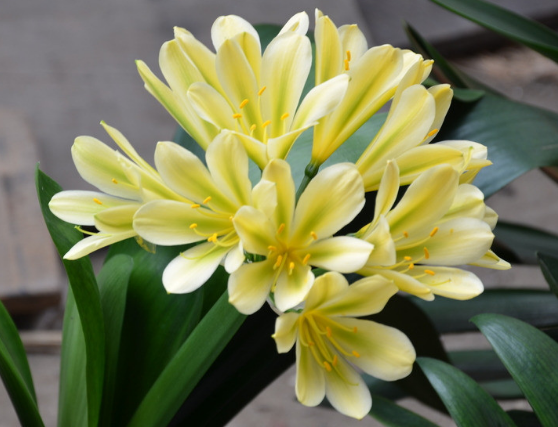Arnebia cultivation conditions
Arnebia is a perennial herb of Arnebiaceae, which is rich in purple substances in its roots and is one of many traditional Chinese medicines. Arnebia has the effects of cooling blood, promoting blood circulation and clearing heat and detoxification. it is often used in clinical treatment of warm-heat macular rash, damp-heat jaundice, heat-knot constipation and other symptoms. So what are the requirements for planting conditions of Arnebia frutescens? Let's learn about the planting conditions of Arnebia frutescens.

1. Soil
Arnebia has a strong adaptability to the environment, because it is planted in most parts of our country. But Arnebia has the characteristics of cold resistance, fear of high temperature, fear of stagnant water, fear of waterlogging and so on, so we need to consider its growth habits when choosing the planting site. Generally choose higher and drier, deep soil rich in humus, drainage and irrigation is better than sandy loam or calcareous loam and clay there.
2. Temperature
Arnebia seed germination and growth have strict requirements on temperature. Generally speaking, Arnebia cultivation has a dormant period, so the seeds need to break the dormancy period in order to germinate, and the dormancy period needs to be kept at a temperature of about one degree below zero for 24 hours. Secondly, the best temperature for seed germination is between 13 and 17 degrees, and the germination rate of seeds is higher. Of course, there are also special varieties, such as purple grass, which is not very strict in temperature, and can sprout well at 15 to 30 degrees.
3. Humidity
If the seeds of Arnebia should germinate or the plants of Arnebia should grow, the requirement for water is also very high. Generally speaking, the humidity in the soil during germination should be about 20%, and the moisture should not be too much, otherwise it will lead to seed rot and mildew and destroy the growth structure of the seed. Secondly, Arnebia is a kind of plant that is afraid of water, so in the later growth process, we should strictly control the moisture in the field, especially in the rainy season, to timely drainage, at the same time to ensure that there is no stagnant water in the field. In the normal growth process, the humidity in the soil should not exceed 40%, otherwise it is easy to cause root rot, which has a serious impact on the yield and quality of Arnebia.
4. Nutrients
Arnebia has a great demand for nutrients, so the content of nutrients in the soil should be sufficient. Before planting, we need to improve the soil structure by applying fertilizer. During the seedling period of Arnebia frutescens, we mainly use nitrogen fertilizer combined with phosphorus and potassium fertilizer; in the later stage, fertilization is carried out with tolerance to European water and cake fertilizer, and the last topdressing is carried out with barnyard manure and phosphate fertilizer, which should be applied at least three times a year.
The above is the editor's understanding of the planting conditions of Arnebia. In fact, when planting Arnebia, the first thing we should consider is the planting conditions of Arnebia. If the planting conditions are suitable, then we can carry out the follow-up planting work.
- Prev

Culture methods and matters needing attention of Cymbidium
The gentleman's orchid can meet the needs of people in many aspects, such as beautifying the room, edifying sentiment, purifying the air, improving health, etc., make your room full of elegant style, and add luster and charm to enrich and regulate people's life.
- Next

What do you need to pay attention to when planting Asarum?
What do you need to pay attention to when planting Asarum?
Related
- Fuxing push coffee new agricultural production and marketing class: lack of small-scale processing plants
- Jujube rice field leisure farm deep ploughing Yilan for five years to create a space for organic food and play
- Nongyu Farm-A trial of organic papaya for brave women with advanced technology
- Four points for attention in the prevention and control of diseases and insect pests of edible fungi
- How to add nutrient solution to Edible Fungi
- Is there any good way to control edible fungus mites?
- Open Inoculation Technology of Edible Fungi
- Is there any clever way to use fertilizer for edible fungus in winter?
- What agents are used to kill the pathogens of edible fungi in the mushroom shed?
- Rapid drying of Edible Fungi

